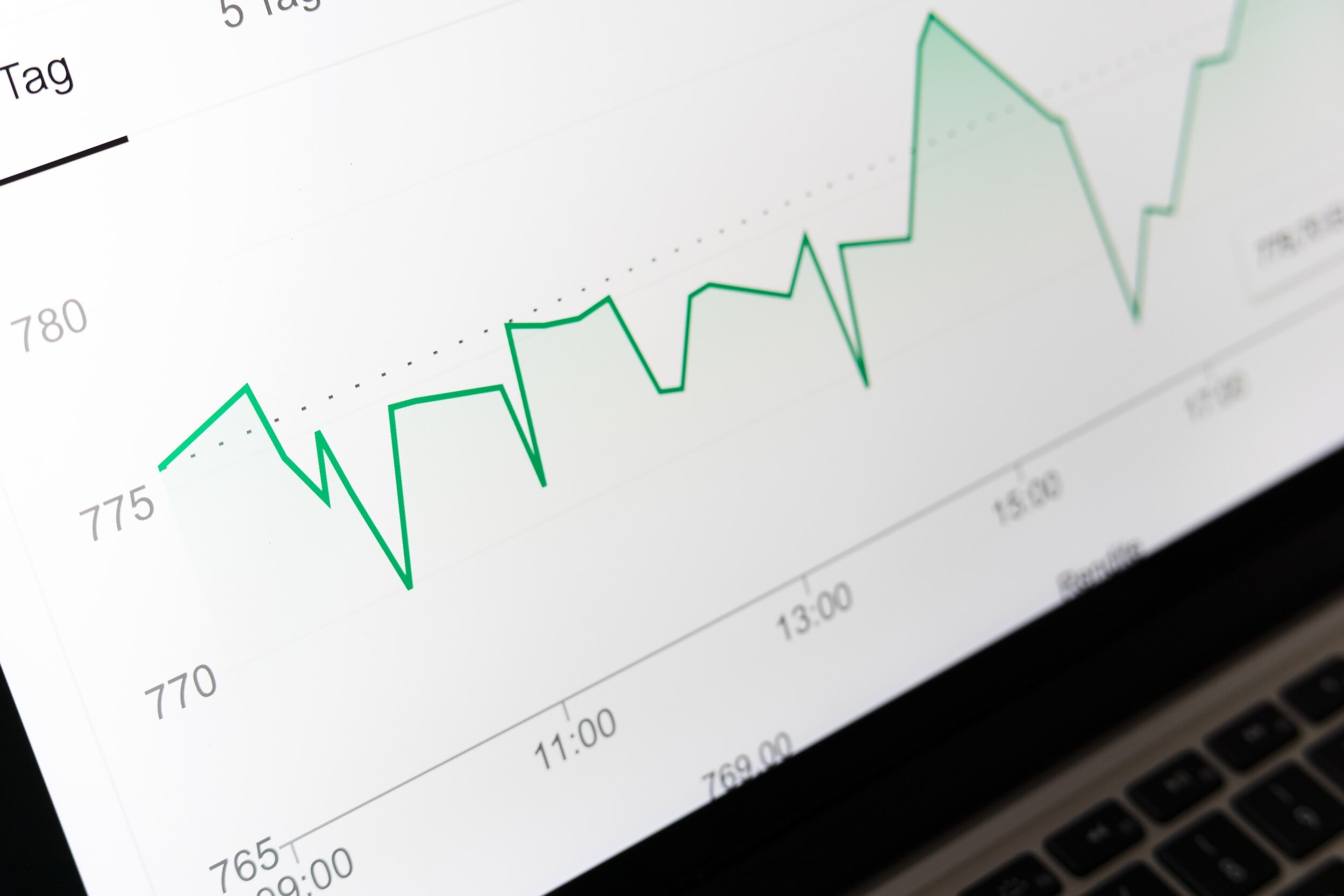Today I’m diving deep into a topic that should be at the top of every marketer’s mind: Analytics and Reporting Tools. Now, I get it. Budget allocation isn’t the sexiest subject under the sun, but it’s crucial. After all, how you allocate your budget could be the difference between a campaign that soars and one that sinks.
We’ve moved far beyond the era of making marketing decisions based on gut feelings or pretty-looking bar graphs. Welcome to the age of data-driven marketing, my friends. If you’re not making your decisions based on solid, quantifiable data, you’re not just walking blindfolded; you’re walking blindfolded on a tightrope over a pit of hungry crocodiles.
Now, you might be asking, “why are analytics and reporting tools becoming such a big deal?” Well, the short answer is they offer concrete ways to measure what’s working and what’s not in your campaigns. No more guesswork, no more shot-in-the-dark strategies.
And hey, don’t just take my word for it; the numbers speak for themselves. Companies that leverage these tools effectively not only save time but also significantly boost ROI. Intrigued? You should be. Buckle up, because we’re about to deep-dive into why analytics and reporting tools are your ticket to marketing nirvana.
For those who are still scratching their heads about what “data reporting” really is, you might want to check out this comprehensive guide on What is Data Reporting.
The Value of Data-Driven Marketing
We’re in a digital era where even your grandma is likely active on social media. So why on Earth would you still rely on old-school, intuition-based marketing strategies? Data-driven marketing is where the magic happens, people!
Better Decision-Making
You see, when you rely on data, you aren’t just making better decisions; you’re making the best possible decisions. Want to know which of your landing pages is converting like crazy? Data’s got your back. Curious about which email subject line gets the most opens? Again, look to the data.
Higher ROI
And let’s talk money for a minute. According to various studies, companies that invest in data-driven marketing see a 6x improvement in their ROI. That’s right, 6x! You could practically hear your marketing budget saying “thank you.”
Personalized Customer Experience
Customer experience is the new battleground for brands. I mean, let’s be honest, nobody likes to be just another statistic. By leveraging data, you can provide personalized offers, recommendations, and even communication, making your customers feel special. And when customers feel special, they’re more likely to buy, it’s as simple as that.
What are Analytics and Reporting Tools?
Okay, now that you’re sold on the awesomeness of data-driven marketing, you’re probably wondering, “What are these analytics and reporting tools you keep talking about?” Well, I’m glad you asked.
Definitions and Types
Analytics and reporting tools are software solutions designed to collect, analyze, and present data. And no, they’re not just for tech wizards. These tools are incredibly user-friendly these days. You’ve got website analytics tools, customer relationship management (CRM) tools, social media analytics, SEO tools—you name it, there’s probably a tool for it.
How They Work
Let’s break it down. These tools typically work by gathering data from various sources—your website, social media platforms, and even customer surveys. They then crunch the numbers and present them in an easily digestible format. Think dashboards with interactive graphs and charts that even a newbie can understand.
Examples
Some big names in the game include Google Analytics, HubSpot, and Salesforce. And for those who are looking for an all-in-one solution, platforms like Bigly Sales offer an array of features from AI SMS and Bulk SMS to AI Landing Page Designs and even AI Customer Support. Talk about the future of marketing!
Why They Are a Top Budget Priority
So, you’re intrigued by the power of analytics and reporting tools. Great! But now you’re probably thinking, “why should this be a top budget priority for my business?” Fantastic question, my marketing-savvy friend. Let me break it down for you.
Time-Saving
Ever tried manually tracking every click, bounce rate, or customer interaction on your site? It’s a nightmare, right? Well, with analytics and reporting tools, that nightmare turns into a dream. These tools automate the nitty-gritty details of data collection and analysis, freeing you to focus on strategy and implementation.
Cost-Effectiveness
Here’s a big one—cost-effectiveness. How many times have you thrown money into a marketing campaign only to realize it didn’t perform as expected? It hurts, I know. These tools help you optimize your budget by showing you what’s working and what needs rethinking. In other words, they remove the guesswork from the equation.
ROI Measurement
Now, this is a biggie. What’s the point of investing in marketing if you can’t measure your ROI? You want actionable metrics, and that’s exactly what these tools provide. With the right KPIs, you can optimize every campaign to be a high-performing machine.
Scalability
Last but not least, scalability. When you’re using analytics and reporting tools, scaling your campaigns becomes a breeze. These tools can manage data from multiple sources, platforms, and even countries. So whether you’re a local business looking to expand or an enterprise-level operation, these tools can adapt to your needs.
Challenges and Considerations
Alright, so we’ve talked about the rainbows and unicorns of analytics and reporting tools. But let’s not ignore the elephant in the room. There are challenges and considerations to think about.
Data Privacy Concerns
We’re living in an age where data breaches and privacy issues are making headlines almost daily. Make sure the tools you choose comply with regulations like GDPR, CCPA, or whatever applies in your region.
Complexity and Learning Curve
These tools can have features that are as sophisticated as a Swiss watch. There’s often a learning curve involved, so make sure you allocate time and resources for training.
Budget Constraints
High-end analytics tools can be pricey. But hey, don’t let budget constraints deter you. There are plenty of affordable options that offer a robust set of features.
Future Trends
Brace yourselves, because the future of analytics and reporting tools is looking dazzling. Here are some trends you should keep your eyes peeled for.
Integration of AI and Machine Learning
We’re moving towards smarter, more intuitive tools that use AI and machine learning to provide predictive analytics and even automated decision-making.
Real-time Analytics
Say goodbye to stale, outdated data. Real-time analytics are becoming the norm, giving businesses the ability to make instant decisions based on current data.
Advanced Predictive Analytics
Predictive analytics aren’t new, but they’re getting frighteningly accurate. Soon, these tools will not just tell you about your current performance but also predict future consumer behavior with a high level of accuracy.
Summary
So, let’s wrap this up. Analytics and reporting tools aren’t just some marketing fad; they’re the backbone of modern, data-driven strategies. These tools offer incredible benefits like time-saving automation, cost-effectiveness, and concrete ROI measurement—making them a top budget priority for any business serious about success.
However, it’s not all sunshine and roses. You have to navigate challenges like data privacy, complexity, and budget considerations. But trust me, the rewards far outweigh the hurdles.
As for the future? Well, let’s just say things are getting pretty exciting with advancements in AI, real-time analytics, and predictive analytics.
And for those who are keen to dig deeper, don’t forget to read up on data reporting and the best practices for reporting to really get the most out of your analytics journey.
This isn’t just the future of marketing, folks; it’s the present. So jump on board, or get left behind.







